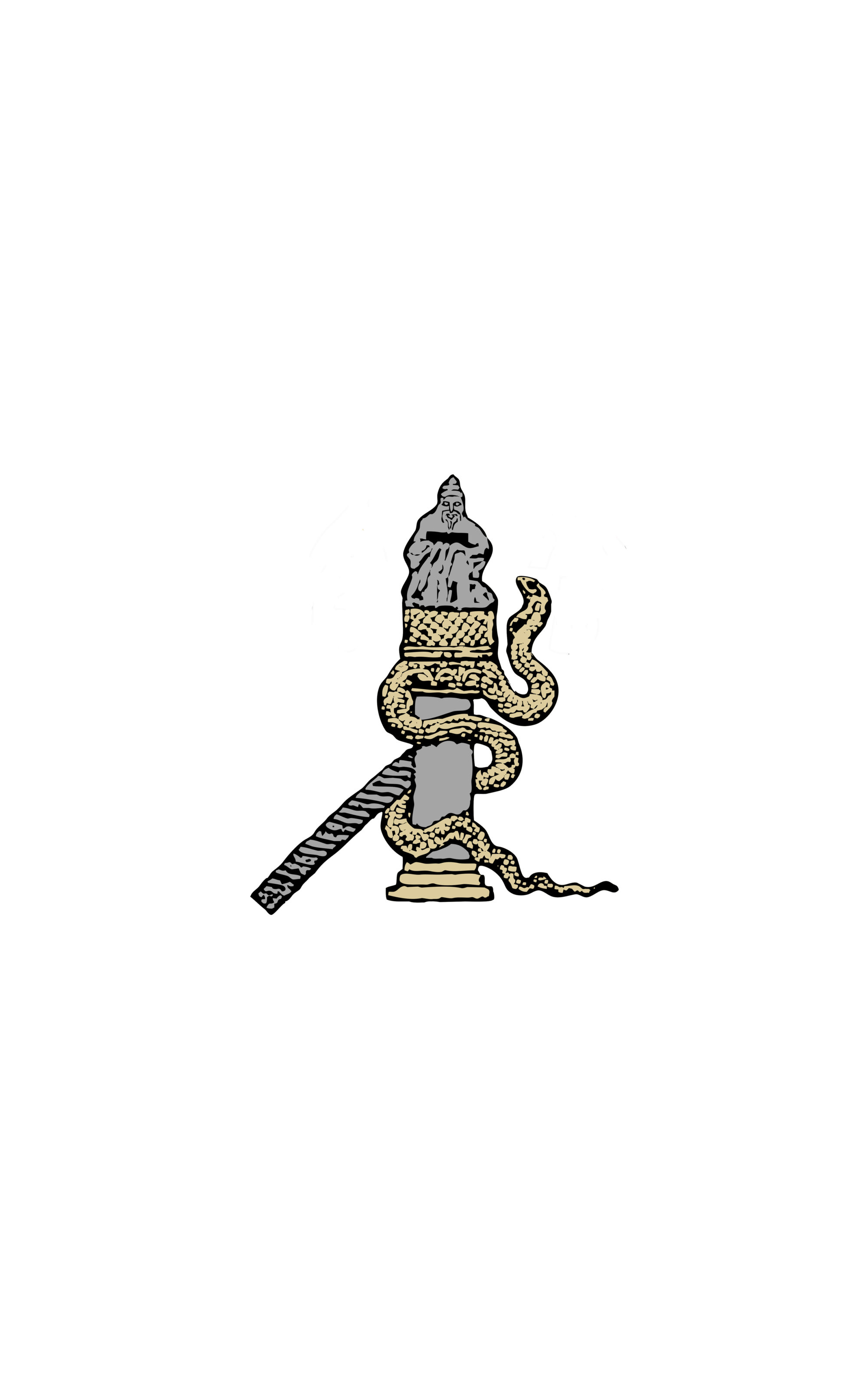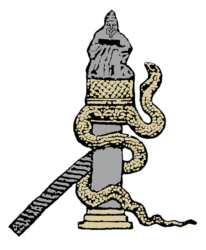Everyday life in Northern Macedonia from 11th until 13th century.
Grigori Simeonov, Université de Vienne
In this paper I would like to present in English my PhD Thesis on which I am working under the supervision of the professors Ewald Kislinger and Johannes Koder at the Department for Byzantine and Modern Greek studies at the University of Vienna. The topic deals with the everyday life in Northern Macedonia from 11th until 13th century. Until the Palaiologian time the Byzantine empire was a centralized state and this fact explain to a certain grade why we connect our knowledge on daily life in Byzantium mostly with its capital city of Constantinople. Although one cannot expect that information – no matter whether texts or archaeological remnants – concerning the capital would be ever surpassed by the source material on life in the imperial provinces, recent interest on this topic can be gladly assessed. However, such study about the Northern part of Macedonia is still missing. In the time after the Seljuq victory at Manzikert in 1071 and the following loss of vast areas of Asia Minor on the Turks the European regions of the empire became essential for the Byzantine economy. It is worth studying the role which Macedonia played in this process and the interaction between imperial center and periphery. The thesis raises two working hypotheses. The first one concerns the « ethnic factor » in daily life and material culture in northern Macedonia. The region was incorporated into the Byzantine empire after a long period of Slavic and Bulgarian presence there. Which was the destiny of the old forms of life, did they parish or were modified by the Byzantines and how? How the old residents of the empire regarded the daily life in this new province? The second aspect concerns technology. Until the period of consideration the Byzantines possessed some of the best technological knowledge in Europe. Which role did this fact play on daily life in Northern Macedonia?
The PhD Thesis bases on the methodology of the Institut für Realienkunde des Mittelalters und der frühen Neuzeit in Krems/Austria which tries to integrate the information of three types of sources – texts, artefacts and images – in order to draw a detailed picture of daily life in Middle Ages.

